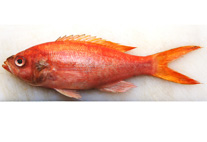Abstract
Since Scinax arduous description, many other populations belonging to the Scinax perpusillus group have been recorded for the States of Espírito Santo and Minas Gerais, Southeastern Brazil. Both in collections and publications most of these new specimens are identified as S. arduous, Scinax cf. arduous, Scinax cf. perpusillus, Scinax gr. perpusillus, S. perpusillus and S. v-signatus. Such state of affairs may be due to the lack of information on the original description of S. arduous. Only two individuals [the holotype (female) and the paratype (male)] were used in the original description and diagnosis, therefore, information on variation and distribution were not available. Furthermore, in S. arduous description, the section on coloration in life was based only on two juveniles raised in laboratory. Herein we redefine Scinax arduous based on 44 males and 17 females from the type locality, the Municipality of Santa Teresa, in the State of Espírito Santo. In addition, we provide information on its conservation status, distribution, natural history, vocalization, tadpoles, and detailed photographs of both adults and larvae.

